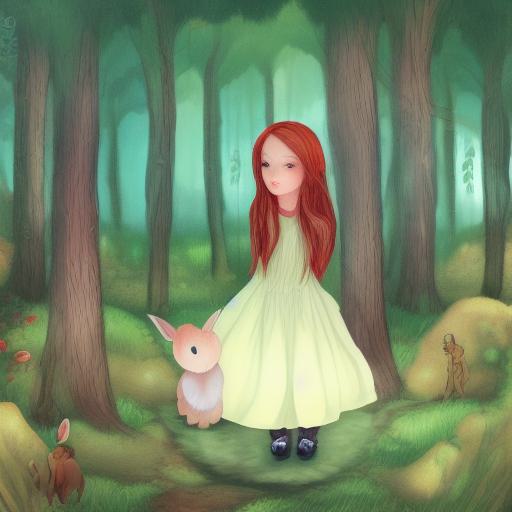Children’s book illustration
Children’s book illustration is a form of art that involves creating images to accompany text in books aimed at young readers. These illustrations can take many forms, including watercolors, pencil drawings, digital art, and more. They often include colorful and whimsical characters, settings, and objects that capture the attention and imagination of children.
The illustrations in children’s books serve several purposes, including making the story more engaging and understandable for young readers. They can also help convey emotions, express the tone of the story, and create a memorable visual experience that will stay with the child long after the book is finished.
Illustrators for children’s books often work closely with the author or publisher to ensure that the images complement the story and fit with the overall theme and message of the book. They may also have to consider the age range of the intended audience, the length of the book, and the size and layout of the illustrations on the page.
Distinct styles of children book illustration
Many well-known children’s book illustrators have become famous for their distinct styles, including Quentin Blake, Eric Carle, Maurice Sendak, and Beatrix Potter. The field of children’s book illustration continues to evolve as new artists bring their unique perspectives and techniques to this beloved art form.
What is AI-generated art?
AI-generated art can help designers create images quickly and easily, as well as experiment with different styles and techniques. This can be useful for creating unique and personalized designs. It can also help increase inclusivity and provide more opportunities for creativity. Tools like Visual Paradigm Online make it easier to incorporate AI-generated art into designs.
How to create AI image prompt?
The AI image prompt is a set of keywords and descriptions used to generate an AI image. It includes specific details about the subject matter, artistic style, and source of inspiration. The first part of the prompt describes a young girl standing in a forest, which provides the basic visual elements for the image. This information helps the AI system to create a scene with a young girl as the central focus and a forest as the background.
The second part of the prompt mentions that the illustration is inspired by Alice Prin, who is also known as Kiki de Montparnasse. This reference to a specific artist can influence the stylistic choices made by the AI system. For instance, it may use a similar color palette or incorporate elements from Alice Prin’s artwork into the image.
The prompt also notes that the image is a storybook illustration inspired by pop surrealism, which is an artistic style that combines elements of pop art and surrealism. This information helps the AI system to create an image that is visually engaging and imaginative, with unexpected elements that play with the viewer’s expectations.
Additionally, the prompt describes the illustration style as a fairy-tale illustration, which sets the tone for a dreamy, fantastical scene. This information may influence the AI system to create a whimsical atmosphere with soft, muted colors and delicate lines.
Finally, the prompt includes a specific scene for the girl, Alice, going down the rabbit hole, which provides further context for the image. This information helps the AI system to create a narrative within the image and may influence the composition, with the young girl positioned in a way that suggests movement or progression.
Overall, the different components of the prompt – the subject matter, inspiration, artistic style, and scene – all work together to influence the AI system’s choices and create a unique, visually striking image.


